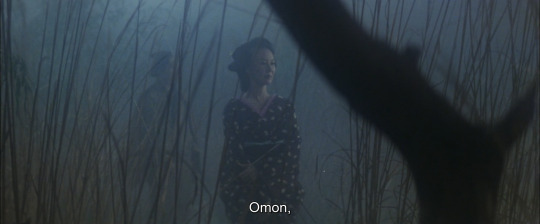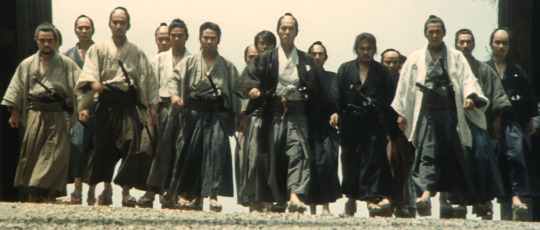#Hideo Gosha
Photo
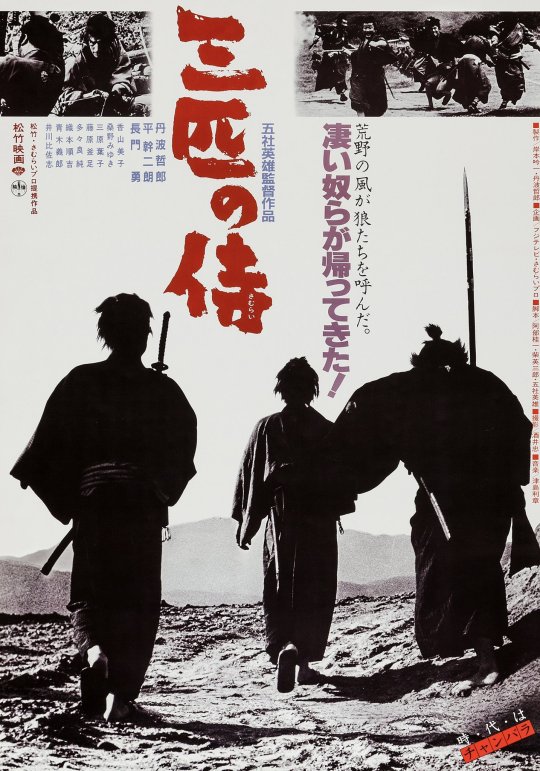
Three Outlaw Samurai (1964)
#movies#posters#foreign posters#three outlaw samurai#hideo gosha#tetsuro tanba#isamu nagato#mikijiro hira
97 notes
·
View notes
Text
y'know what, I'm still proud of this one. (youtube link)
music credit
#movie edit#filmedit#my edits#japanese film#japanese cinema#lady snowblood#meiko kaji#takashi miike#hideo gosha
4 notes
·
View notes
Photo
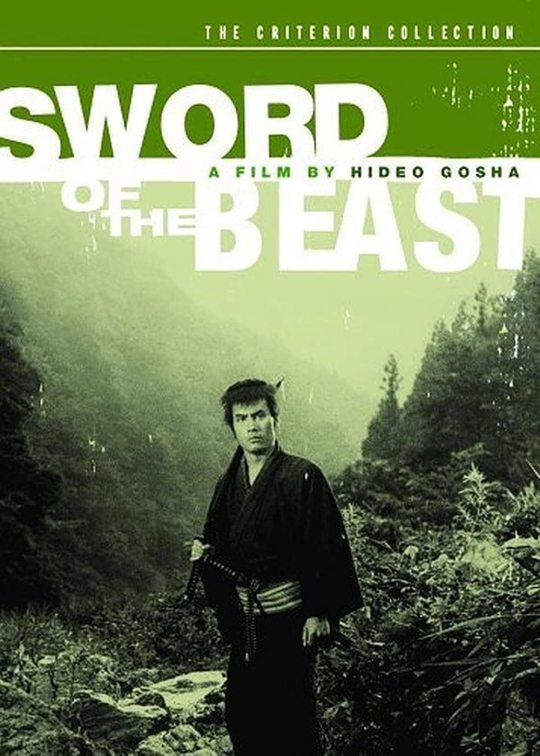
28 notes
·
View notes
Text
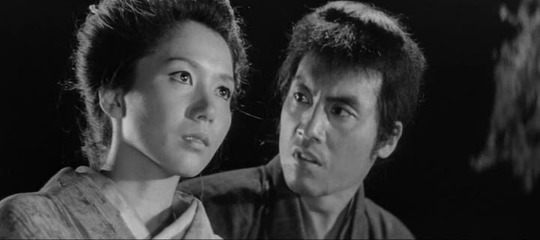
"Never in my life have I been able to get what I wanted. Once I tried and I was chased out of my clan. Now there's nowhere under heaven for me to rest. But this time I will get what I want. I will take it with these hands!"
Sword of the Beast (1965)
17 notes
·
View notes
Text
2023: A Year in (Movie) Review(s)
Every cinephile has at least one Holy Grail. It's a common story: interest in said rare movie is piqued by a fleeting allusion in the pages of some neglected reference book or obscure magazine article. Gradually, curiosity evolves into infatuation, then obsession, manifesting as a desperate pursuit that might persist for decades, the search constantly hampered by the tragic fact that the White Whale in question remains stubbornly elusive—either out-of-print or never officially licensed or localized in the first place. And even if it is available (usually through sources of dubious legality), the image quality is always barely a step above an nth generation VHS transfer.
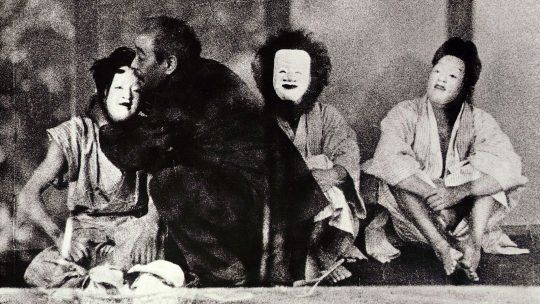
Well, in 2023, I managed to cross five such films off my personal “bucket list”—and despite the year’s numerous challenges (financially, in particular), I think that’s an accomplishment worth celebrating. Thus, in the interest of posterity, I’ve enumerated them below, along with brief descriptions and links to the corresponding reviews I wrote immediately after seeing them:
A Page of Madness: Of all the miraculous discoveries on this list, this one was undoubtedly the most unceremonious and anticlimactic. I randomly stumbled across this silent avant-garde masterpiece (of which I became aware way back in college) while nonchalantly browsing Amazon Prime’s digital library; suddenly, there it was, available to rent for a paltry three dollars. The movie itself was sublime, of course; after spending such a significant chunk of my life hunting it down, however, the relative ease with which I ultimately acquired it couldn’t help but feel a bit… underwhelming.
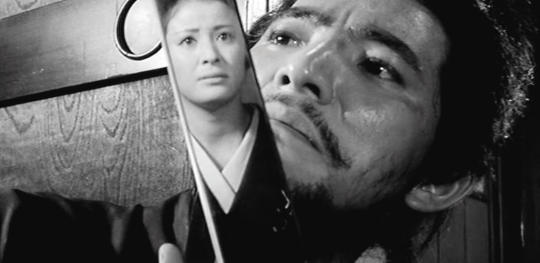
Samurai Wolf: Although Hideo Gosha’s lean, mean chanbara classic has never truly been out of reach to those “in the know,” my own research into the assorted bootlegs and unauthorized foreign imports available via various online marketplaces was… less than encouraging. Fortunately, Film Movement came to the rescue like a chivalrous ronin; the restoration on the company’s Blu-ray release is borderline pristine, enriching the director’s already bold compositions and dynamic camerawork. Nihilism and moral decay have seldom looked so beautiful.
Angel’s Egg: Home video copies of Mamoru Oshii’s surreal animated allegory tend to be obscenely, prohibitively expensive in the West, and tickets for the infrequent repertory screenings generally sell out almost instantly. Thankfully, a recent overabundance of free time afforded me the opportunity to experience the film’s haunting, hallucinatory magic under ideal circumstances—in a theater absolutely packed with fellow fans and aficionados. The Q&A with art director/character designer Yoshitaka Amano that followed the feature presentation (courtesy of Japan Society) was just icing on the cake.

Door: While Banmei Takahashi’s taut, suspenseful, claustrophobic thriller is the latest addition to this list (I learned of its existence roughly a year ago, through out-of-context clips shared between several Twitter accounts), you shouldn’t make the mistake of underestimating my enthusiasm for it—my desire to see it burned with the fiery passion of a spurned admirer. As luck would have it, my thirst was sated rather quickly compared to the previous entries on this countdown; the movie played at this year’s Brooklyn Horror Film Festival—perfectly scheduled to coincide with the Halloween season.
Tokyo: The Last Megalopolis - When I initially encountered this ambitious, extravagant, and extremely expensive special effects extravaganza, the only viable way to view it was in twelve parts on YouTube, compressed to about 240p resolution—a format that hardly does the spectacle justice. Thank goodness for the fine programmers at Japan Society; the big screen really smooths out the movie’s minor flaws and superficial blemishes, and Kyusaku Shimada’s magnificent performance as the nefarious Yasunori Kato certainly benefits from a more expansive frame. Guess I can finally stop requesting the film in the feedback section of literally every post-screening survey…
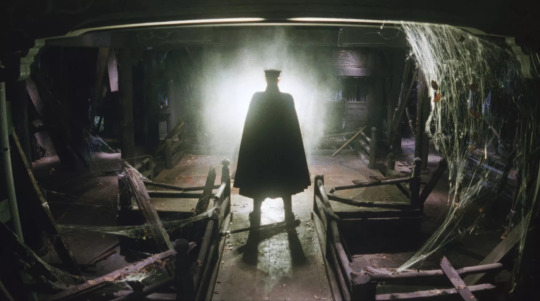
And that essentially sums up my 2023; the satisfaction of enjoying so many films that had been taunting and tantalizing my imagination definitely took the sting out of the whole "prolonged unemployment" situation. With that said, I’d like to wish everybody a very Happy New Year! Hopefully, my adventures in cinema will continue in 2024. (For God’s sake, will some distributor please show Kiyoshi Kurosawa’s Sweet Home the love it so richly deserves?!)
#New Years Eve#Happy New Year#New Years 2024#Goodbye 2023#A Page of Madness#Samurai Wolf#Angel's Egg#Door#Tokyo: The Last Megalopolis#Hideo Gosha#Mamoru Oshii#Yoshitaka Amano#Banmei Takahashi#Japan Society#Brooklyn Horror Film Festival#Japanese cinema#Japanese film#film#writing#list#lists
5 notes
·
View notes
Text
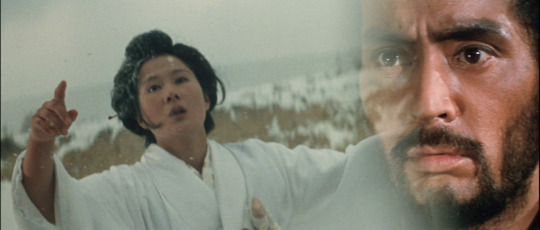
Goyokin, Hideo Gosha
#goyokin#hideo gosha#1969#1960s#60s#tatsuya nakadai#winter#samurai#japan#japanese#cinema#film#cinematography#screencaps#stills
2 notes
·
View notes
Text
A little help?
I recently watched Three Outlaw Samurai, the 1964 Hideo Gosha film, and really enjoyed it. Does anyone know where I might watch the TV show it spun out of, or even the 1970 reboot version? I've had no luck tracking either one down on streaming or DVD.
3 notes
·
View notes
Text
The Geisha (1983)
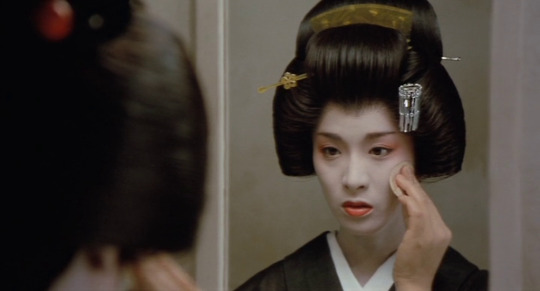





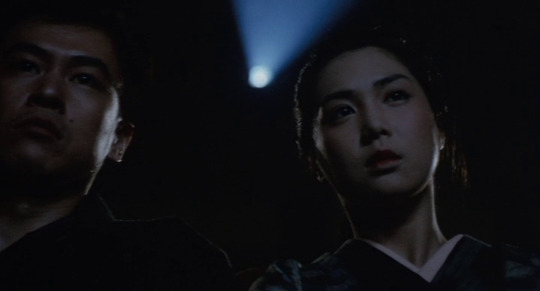
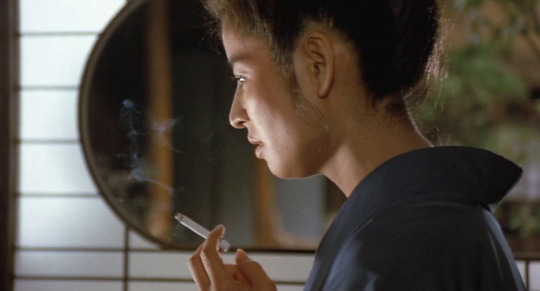
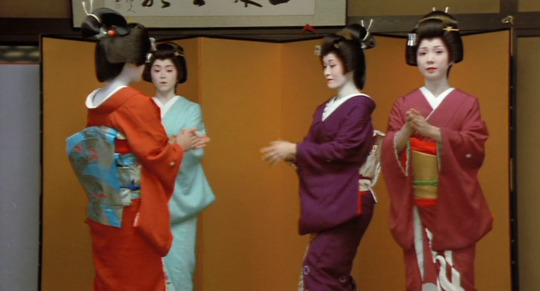
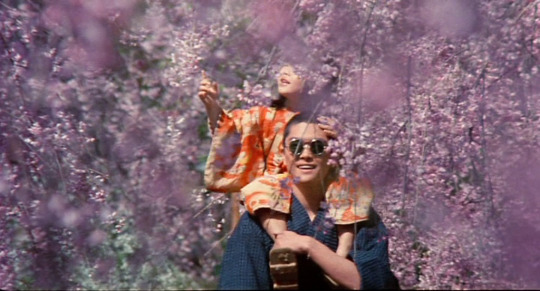
陽暉楼 The Geisha (1983)
directed by Hideo Gosha
cinematography by Fujio Morita
#陽暉楼#the geisha#hideo gosha#japanese cinema#japanese film#1980s#ken ogata#atsuko asano#kimiko ikegami#mitsuko baisho#stills
21 notes
·
View notes
Photo
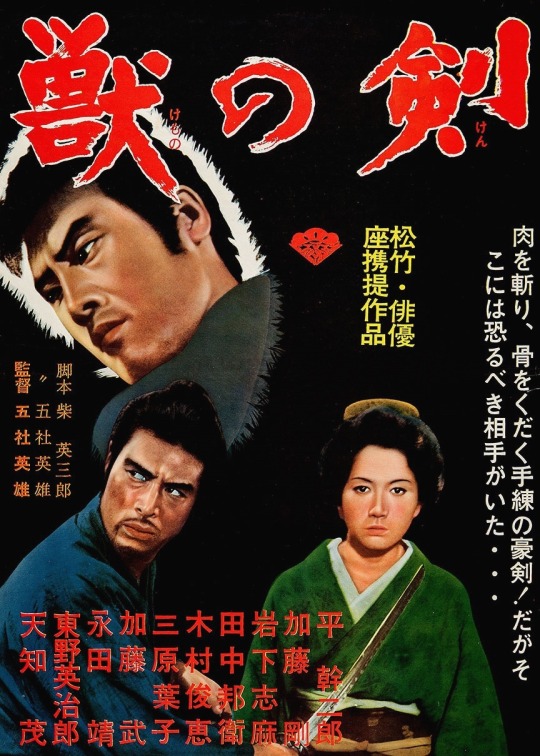
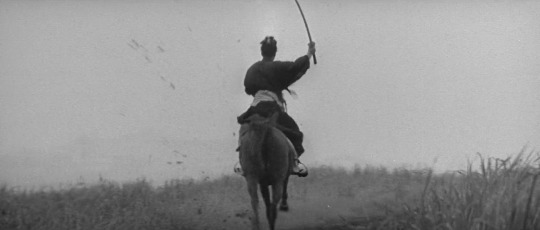






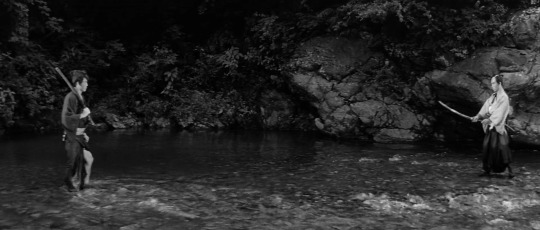

Sword of the Beast / Kedamono no ken (1965, Hideo Gosha)
獣の剣 (五社英雄)
6/5/23
#Sword of the Beast#Kedamono no ken#Hideo Gosha#Mikijiro Hira#Shima Iwashita#Go Kato#Toshie Kimura#Kantaro Suga#Yoko Mihara#Kunie Tanaka#Eijiro Tono#Shigeru Amachi#60s#Japanese#drama#action#chanbara#samurai#jidaigeki#Japanese New Wave#gold#mountains#fugitives#gold prospecting#corruption#river#assassination#social commentary
4 notes
·
View notes
Text
Hunter in the Dark - Hideo Gosha 1979
125 notes
·
View notes
Photo

The Geisha - Hideo Gosha 1983
71 notes
·
View notes
Text

Samurai Wolf (1966)
9 notes
·
View notes
Photo

The Secret of the Urn (1966)
Yet another remake of The Million-Ryo Pot, this time the one-eyed, one-armed ronin Tange Sazen is portrayed by veteran samurai actor Kinnosuke Nakamaura (in Japan his portrayal of legendary swordsman Miyamoto Musashi in a 5-film series is,considered better than Toshiro Mifune’s in the Samurai Trilogy).
This film is directed by Hdeo Gosha, a master of chambara (Three Outlaw Samurai - both the film and television series, Sword of the Beast, Goyokin, Tenchu).
The film also stars Tetsuro Tamba, aka the hardest working man in Japanese cinema, and known better in the West as Tiger Tanaka in the James Bond flick You Only Live Twice (1967). Tamba-san had also portrayed Tange Sazen: in a 1958 television series, and in the film Tange Sazen: The One-Eyed Swordsman (1963).
For thirty years prior to this film Tange Sazen had been portrayed as an irascible curmudgeon with a heart of gold. He was basically your stern, yet kind-hearted, uncle who was always looking out for the underdog.
This film changed that. In the spirit of the 1960s, when many heroes became anti-heroes (or downright villains), Tange Sazen became the monster that his enemies always called him.
Nakamura-san’s Sazen is unhinged, manic, bloodthirsty, and out for himself. In the context of the film, which depicts how he lost his eye and arm as the result of a betrayal, this new attitude is understandable. A trauma like that would leave anyone unbalanced. I mean, that’s how Batman got most of his rogue’s gallery.
But, as fine as the film is - and it is very good indeed - Japanese audiences were not quite ready for this new Tange Sazen. The long running Toei film series starring Ryutaro Otomo as a much friendlier, almost comedic Sazen, had only ended a few years prior. Otomo-san’s portrayal was still fresh in many people’s minds, and the new Tange Sazen was just too jarring.
Perhaps not surprising, then, this was the last Tange Sazen film released in theaters. The character would only return on television in a new series (1970) and several made-for-TV movies.
One of those TV movies, Tange Sazen and The Pot Worth One Million Ryo (1982), was directed by Gosha-san. It was his remake of The Secret of the Urn, this time starring Tatsuya Nakadai (Sanjuro, Sword of Doom, Ran, Goyokin) as Tange Sazen. The story remains essentially the same, but Nakadai-san’s portrayal of our hero is much more balanced; nowhere as manic and menacing as Nakamura-san’s.
#Tange Sazen#The Secret of the Urn#The Million-Ryo Pot#Kinnosuke Nakamura#Hideo Gosha#chambara#jidaigeki#samurai#ronin
3 notes
·
View notes
Text
Recently Viewed: Death Shadows
[The following review contains MINOR SPOILERS; YOU HAVE BEEN WARNED!]
The Criterion Channel’s synopsis of Hideo Gosha’s Death Shadow’s reads:
After their executions are faked by the authorities, three criminals are forced to become assassins under the command of the Shogun.
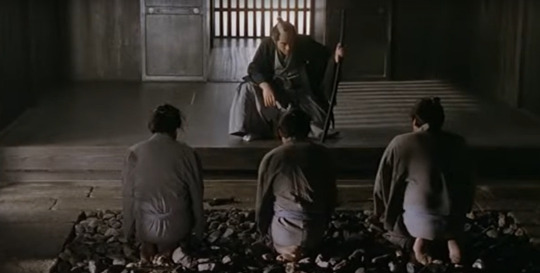
Technically, this is an accurate summary… of the film’s prologue. The actual story is significantly more convoluted—and I mean that as a compliment. The narrative is an intricately constructed puzzle that constantly reassembles, reconfigures, and recontextualizes itself; every scene introduces new characters, complications, and even entire subplots. If you ever find the subject matter objectionable or distasteful, just wait; the movie will be about something completely different within fifteen minutes.
This unconventional structure would be infuriatingly disjointed—were the central themes not so elegantly cohesive and clearly articulated. Like all of Gosha’s work in the chanbara genre, Death Shadows is staunchly antiauthoritarian, condemning any man that would abuse his power—including the secretive spymaster that “recruits” the eponymous assassins. After all, the corrupt clan officials, greedy merchants, and bloodthirsty gangsters that manipulate, exploit, and discard their subordinates deserve to be punished—but exceeding the limitations of the law in order to deliver “justice” is equally unethical (especially when this “necessary evil” is motivated by pragmatism rather than morality).

Beyond its deliberately puply premise, Death Shadows also represents the pinnacle of Gosha’s craftsmanship: this is the director’s style at its most economical, purposeful, and precise. He favors long, continuous, unbroken takes, repositioning the camera and performers to seamlessly transition from master shot to coverage (yes, this is very similar to Spielberg’s modus operandi)—a gracefully choreographed ballet that strikes a delicate balance between theatrical mise-en-scène and cinematic composition.
Gosha’s relatively restrained blocking and framing stand in stark contrast to the film’s unapologetically maximalist imagery. Much of the action unfolds on elaborately designed studio sets; hand-painted backdrops depict impressionistic sunsets and overcast skies, creating a surreal, hypnotic, dreamlike atmosphere—a dramatic departure from the grounded, gritty, naturalistic tone of the auteur’s earlier jidaigeki efforts (Three Outlaw Samurai, Sword of the Beast).
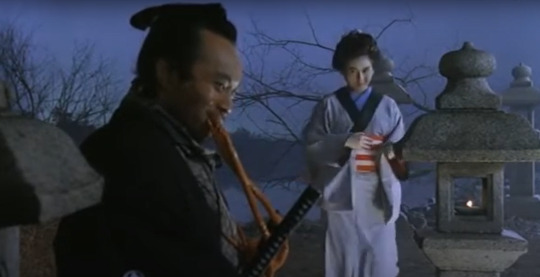
Thus, Death Shadows is a beautiful contradiction; serving as both the culmination of Gosha’s previous accomplishments in the industry and an evolution of his artistic vision, it resides comfortably at the intersection between avant-garde experimentation and popcorn entertainment.
#Death Shadows#Death Shadow#Hideo Gosha#chanbara#chambara#jidaigeki#jidai-geki#Japanese film#Japanese cinema#Criterion Channel#film#writing#movie review
7 notes
·
View notes

